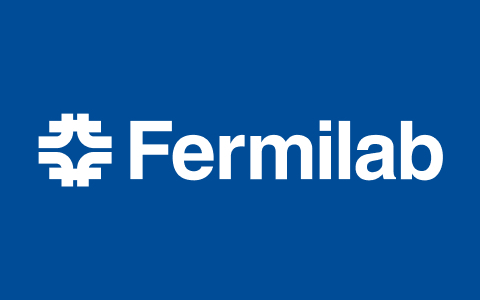Machine learning proliferates in particle physics
A new review in Nature chronicles the many ways machine learning is popping up in particle physics research.

691 - 700 of 1262 results
A new review in Nature chronicles the many ways machine learning is popping up in particle physics research.
Experience gained during the construction of prototype detectors paves the way toward the final design of the DUNE detectors.
Fermilab’s Lia Merminga talks to Symmetry about her early experiences in STEM and her drive to solve science’s unanswered questions.
PIP-II, a particle accelerator project for generating intense neutrino beams, has achieved an important milestone.
Bowring’s work at the frontier of dark matter research earns him a 2018 Early Career Research Award.
The latest calculation based on how subatomic muons interact with all known particles comes out just in time for precision measurements at new Muon g-2 experiment.
A program funded by the São Paulo Research Foundation supports scientists and students to engage with Fermilab’s neutrino program.
Technicians take on maintenance and upgrades during Fermilab’s annual accelerator shutdown.
A pair of results bring neutrinos into the new era of multimessenger astronomy.
Over the last year, the Booster accelerator has been hitting record highs in beam delivery, meeting or exceeding the increased needs of all of the lab’s beam-based experiments.